Whether it’s rock and roll, hip-hop or country, many musical artists have propelled their careers singing about a beloved spirit ― tequila. Based on industry trends, it looks like tequila isn’t just the making of a hit song, but also the hit segment in the U.S. spirits market.
This is exemplified in the Distilled Spirits Council of the United States (DISCUS) annual economic briefing for media and analysts where it reported that tequila/mezcal sales were up 17.2% or $886 million totaling $6 billion in 2022. DISCUS also noted the tie between tequila/mezcal sales and premiumization trends.
“More than 60% of the spirits sector’s total revenue was from sales of high-end and super-premium spirits, mainly led by tequila and American whiskey,” said Christine LoCascio, DISCUS chief of public policy and strategy, in a statement.
For the players in the tequila/mezcal markets, this all aligns with what they are seeing within their portfolios.
“In the U.S., the increasing trend toward premiumization has had a notable influence on the tequila and mezcal industries,” says Carla M. Rivera, director of cocktail development at Southern Glazer’s Wine & Spirits (SGWS) for South Florida. “As consumers become more knowledgeable about premium spirits and particular with their preferences, they are willing to spend more on top-notch products. This has led to a surge in the demand for high-quality tequila and mezcal brands, resulting in many distilleries improving their ingredients, aging techniques and packaging to meet this demand.”
Mike Novy, president and chief operating officer at 818 Tequila, Los Angeles, also highlights consumers’ awareness on premium spirits, particularly tequila.
“Tequila has experienced a faster and more dramatic premiumization trend than any other spirits category in recent history,” he says. “This has created a massive pool of highly engaged consumers which in turn created something of a tequila ‘gold rush’ of new brands entering the market and a reinvigoration of many mature brands.
“A growing premium category is fundamentally good for the segment but the consumers driving these trends are more knowledgeable and demanding of brands,” he continues.
Novy adds that across the three tiers in alcohol sales ― manufacturers, distributors and retailers ― there is a separation of “winners and losers” as these educated consumers have shown what they are willing to spend their dollars on.
Although tequila has a more established consumer base, the mezcal segment also is seeing the benefits of premiumization influences.
“For mezcal, the big premiumization trend has been all about exploration, since the category is relatively in its infancy in the U.S. when compared to tequila,” says Umberto Luchini, founder of Eugene, Ore.-based Wolf Spirit, makers of Bosscal Mezcal. “Now that consumers have some familiarity with the category, they are looking for craft offerings beyond the mezcal stronghold of Oaxaca.”
Differentiating from other mezcals, Bosscal Mezcal features wild-grown agave from the Durango, Mexico, region.
“So, unlike in the tequila category where folks might be trading up to an extra aged anejo or a cristalino, mezcal consumers are trading up to brands beyond Oaxaca which still utilize very traditional distillation techniques,” Luchini says. “They might cost a little more than the mass produced mezcals of Oaxaca, but they bring a different drinking experience to the mezcal consumer.”
Whether it is mezcal or tequila, industry players note the elevation of products is prominent. This also could be resulting in the lower-tier products stepping up their efforts.
“Anyone will tell you that it is the premium, super-premium and luxury categories in terms of price that are driving the category at the moment,” Luchini says. “What I think is more interesting is what I call the ‘quality trickle down’ phenomenon that has been created because of this.
“You are seeing 100% agave products considerably more available and less expensive than just 10 years ago, which is a testament to how far the category has come since the days of poorly made mixto gold tequilas,” he continues. “Even those buying in the low $15-20 category are looking for higher quality, 100% agave products.”
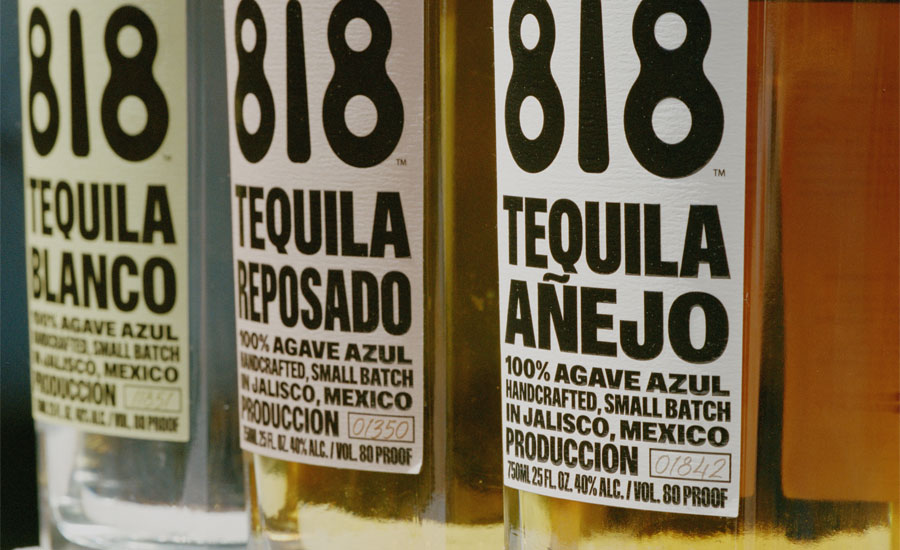
Image courtesy of Santo Spirits
Expansive consumer base
Premium influences aside, the tequila and mezcal markets are seeing another driver impact their growth trends ― multicultural consumers.
“The growth of the multicultural consumer in the U.S. is the No. 1 influence on the growth of tequila and mezcal,” Luchini opines. “While it might be the Caucasian consumer who is buying the bulk of these two spirits categories, the influence Mexican culture is having on the U.S. general market consumer on things such as food and drink is undeniable and is what is helping agave spirits give vodka a run for its money right now in terms of value, and perhaps soon volume, in this market.”
SGWS’s Rivera meanwhile notes that multicultural consumers are helping diversify the makeup of these spirits markets.
“[T]he growth of multicultural consumers has contributed to the diversity of the market, with more traditional and innovative brands becoming available,” she says.
818’s Novy explains that the diversity of mezcal and tequila consumers also is playing a role in the premiumization of the category.
“Ultimately, the growth of multicultural consumers forces companies to raise the level of their game or get left behind,” Novy says. “In a multicultural environment, consumers expect brands to connect with them authentically and be truly inclusive in their ethos.”
With authenticity and inclusivity so important, Novy adds that the company wove this into the creation of the 818 brand.
“We make 818 with artisanal methods and respect for tradition but with a modern mindset of protection of the planet, and we strive to be a company that accurately reflects the diversity of our consumers,” he says. “Multicultural consumers are a key consumer base for 818.”
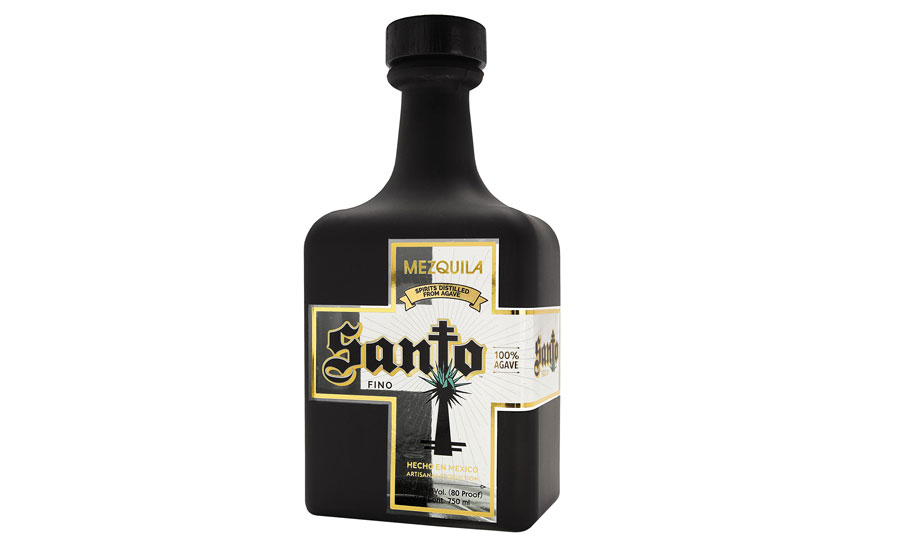
Image courtesy of Santo Spirits
Crafting success
Although the on-premise market has seen its share of ebbs and flows the past few years, it has seen a lift from the purveyors implementing tequila and mezcal on their menus.
“Certainly, tequila and mezcal are becoming more prevalent in drink and cocktail lists on-premise,” SGWS’s Rivera says. “Drink makers and cocktail creators, liquid chefs, mixologists ― whatever you want to call us ― are innovating with fresh and inventive methods that emphasize these spirits in cocktails, showcasing their singular flavor characteristics and adaptability in various drinks.”
Wolf Spirit’s Luchini notes that the popularity of Margarita cocktails has helped with consumers’ familiarity with tequila and mezcal and ultimately other cocktail options.
“The Margarita remains the No. 1 cocktail in the U.S. for a reason and that helps both tequila and mezcal bleed into other cocktails since they are so prominent on the backbar now,” he says. “Frankly, there is such a high consumer and bartender interest in agave spirits that it simply has to follow that you will see more tequila and mezcal cocktails on the menu. I think what is interesting for mezcal is that it adds a great smoky level to a cocktail without the woody characteristics of a Scotch, so I could see it bleeding over into some classic scotch cocktails as well.”
818’s Novy also denotes the creative ways in which bartenders are working with agave-based spirits.
“In addition to expanding high-volume consumer favorites like Margaritas, we are seeing a fusion of mixology where tequila replaces the traditional spirit ― i.e., replaces whiskey in an old fashioned or replaces vodka in an espresso martini, he says. “Smart operators are discovering that they can drive greater beverage program volume by giving their guests more of what they want ― tequila.”
Given consumers enthusiasm for cocktails and just tequila and mezcal as a whole, experts are anticipating much more to come for these spirits segments.
“Tequila will become the largest spirits category in the U.S. in revenue, it will grow faster than almost all other categories and it will become more important in countries around the world,” Novy predicts.
Wolf Spirit’s Luchini also remains bullish on the agave-based spirits given consumer interest. He does call attention to raw materials as playing a part in how fast the category can expand.
“I think what will determine how fast the category can grow is the cost of agave and how much a consumer is willing to pay for a 100% agave product,” he says. “If prices continue to creep up, as we have seen in the bourbon category, it will truly test the elasticity of this growing segment.
“We need to keep in mind a lot of people are trading over to agave spirits from vodka, where we have actually seen pricing going down as that category cools,” Luchini continues. “It remains to be seen how high a casual tequila or mezcal drinker will go in price for an everyday bottle versus a special reward bottle.”
SGWS’s Rivera anticipates performance of tequila and mezcal to continue its dominance given consumers’ “demand for upscale and authentic products,” but she also highlights that social media will play a greater role in agave-spirits future.
“In general, the increased presence of social media and celebrity endorsements has expanded the audience for tequila and mezcal, making them more widely appealing,” she says. “This has allowed companies to attract new consumers and highlight the distinctive features of their products. Nonetheless, with growing competition, it will be crucial for brands to distinguish themselves and remain pertinent to their customers. In my opinion, if a brand can draw us in with the story, focus on the people, and retain authenticity, they are sure to succeed in this current market.”



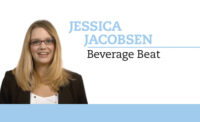
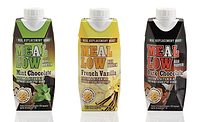
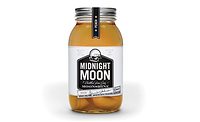
Report Abusive Comment